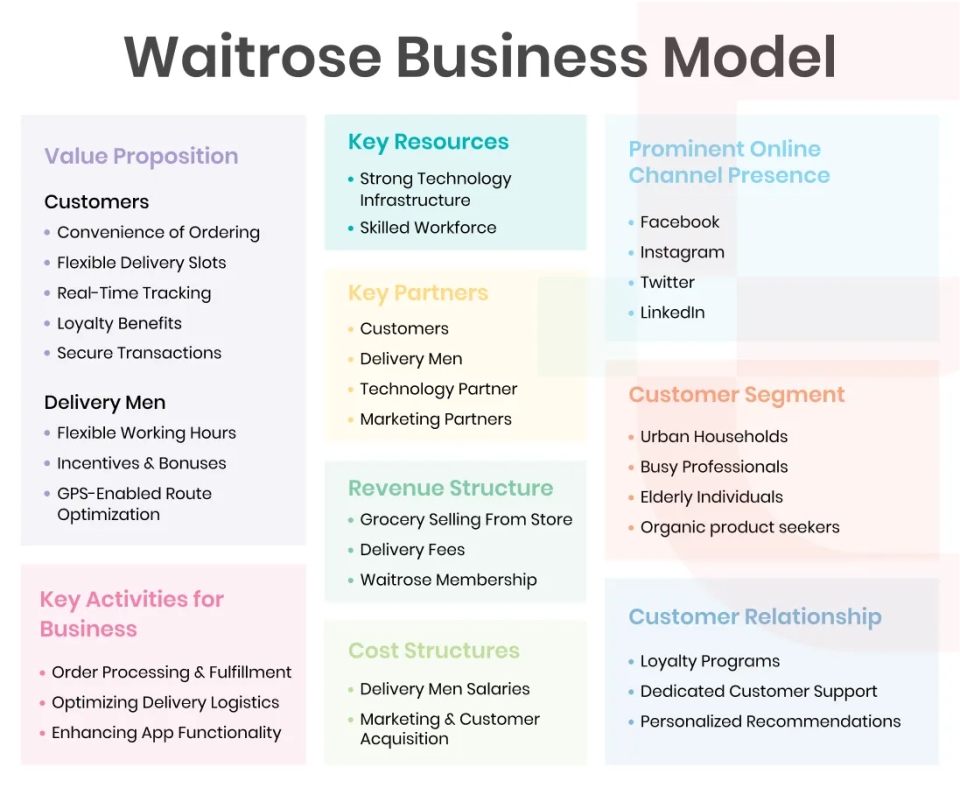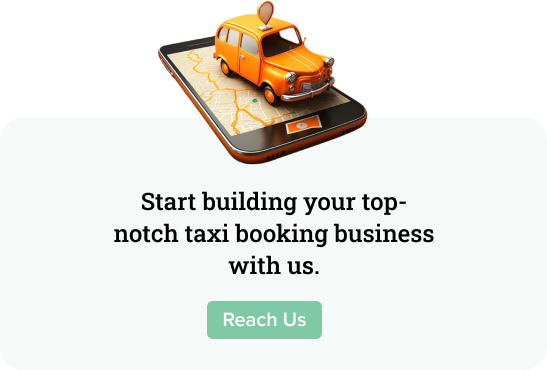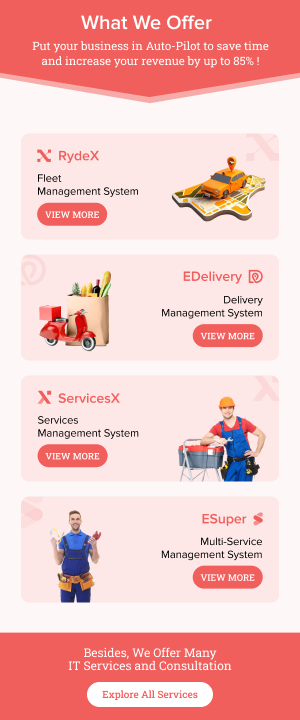
Lolo has emerged as a reliable and affordable travel option for travelers in Belarus, Brazil, and Uganda. Launched during the pandemic, the company has rapidly scaled its business ever since, thanks to its innovative Lolo business model.
- Introduction to Lolo: Studying Its Success Stimulators
- Let’s Understand How Lolo Works
- Lolo Business Model: Detailed Analysis of Different Components
- Insights Into How Lolo Makes Money: Revenue Model Breakdown
- Top Competitors of Lolo: Analyzing the Competitive Landscape
- Franchise vs. Startup: What’s Best for You?
- Concluding Thoughts
- FAQs
To explain how this model works, we examined it and shared our findings in this comprehensive blog. Keep reading further to uncover a complete analysis of the company’s business strategy, including its operational workflow, revenue model, competitive landscape, and much more.
Introduction to Lolo: Studying Its Success Stimulators
Lolo is a ride-hailing platform launched in 2020. Its headquarters are located in Belarus, and it also extends its services to Brazil and Uganda.
The company’s rate of expansion is remarkable. While many ride-hailing businesses struggle to remain strong in their markets, this platform managed to expand its services to international borders within a few years.
There are many notable reasons behind this rapid growth, but its franchise-based model is a significant one.
The company offers franchises to individuals who want to start their own ride-hailing business but don’t have the necessary digital resources to manage the entire operation.
Additionally, the company provides operational and marketing support, further simplifying franchise owners’ business operations.
This level of support makes it easier for people to start their ride-hailing venture immediately, helping in the company’s expansion as well.
Let’s Understand How Lolo Works
This platform uses an advanced system to support customers’ taxi booking process. It primarily works with a mobile app that features a seamless workflow, offering a faster and more convenient taxi booking experience.
From the points mentioned below, you can easily explore how Lolo works through its digital platform:
- To book a ride, customers must register using their phone numbers. Once registered, the app takes them to the main screen, where they can begin their ride booking process.
- By tapping ‘Order Now,’ they need to enter their pickup and drop-off locations. They can also set these addresses by using the map’s location pin.
- Once done, customers can review the available vehicle types and their charges. If they want to schedule a ride for later, they can easily select their preferred date and time using the built-in calendar.
- After they schedule a ride or book it instantly, they must select their preferred payment method to confirm their booking.
- The system checks for nearby drivers. When one of them accepts the ride request, the system notifies the customer.
- When the driver heads toward the pickup location, customers can track them in real-time.
- Lastly, when the ride ends, they can offer a tip to the driver, either digitally using the app or in cash, and conclude the ride. They can also rate the driver based on their experience.
Skyrocket Your Ride-Hailing Operations with Elluminati’s High-Tech Lolo Clone. Schedule an Appointment for a Live Demo!
Lolo Business Model: Detailed Analysis of Different Components
The Lolo business model acts as a bridge between customers and drivers, connecting them on a digital platform. Let’s explore the detailed analysis of this model with a meticulous business model canvas.
Key Partners
- Customers: End-users who are looking for reliable taxi booking services.
- Drivers: Individuals who want to earn extra income by providing services.
- Franchise Partners: Individuals who want to start a ride-hailing business supported by this well-established firm.
- Technical Partners: Developers who build and maintain the ride-hailing platform.
Value Proposition
Value Proposition for Customers
- Customers receive safe trips with professional drivers.
- Affordable taxis with competitively low fare rates.
- User-friendly app that enables faster ride bookings.
Value Proposition for Drivers
- An effortless registration process allows quick joining.
- Competitive earnings offer the best income opportunity.
- Reliable and extensive support offers faster solutions.
Value Proposition for Franchise Partners
- Franchise partners receive exclusive operational rights to operate in their city.
- The company also provides assistance and support at each stage of its business.
- With marketing and business assets, the franchise partner receives a push to start and grow their franchise.
Key Activities
- Ongoing platform maintenance to ensure customers receive the best experience.
- Onboarding new drivers to build a team that fulfills the customers’ taxi demands.
- Hiring, training, and managing in-house staff for various business operations.
- Franchising the business and handling its legal and operational matters.
- Conducting marketing activities to promote the company to potential customers.
- Managing finances to make sure the company has enough cash to handle and grow its business.
Cost Structure
- Application and website maintenance that involves the subscription to third-party tools, cloud storage, etc.
- Staff salaries and drivers’ wages, as well as other employee benefits.
- Branding bonuses for drivers if they apply the company’s sticker to their vehicle.
- Other operational expenses include infrastructure, hardware costs, electricity bills, and other related expenses.
Customer Segment
- Leisure travelers who seek convenient and affordable travel options.
- Business travelers who focus on more comfortable and premium travel experiences.
- Drivers who use their vehicles to provide a service to earn extra income.
- Entrepreneurs who want to build a ride-hailing business by purchasing the company’s franchise.
Customer Relationship
- Extensive support allows customers to resolve their issues or queries effortlessly.
- Affordable prices offer significant cost-saving opportunities.
- Verified drivers give safety assurance, fostering trust among customers.
- Rigorously checked vehicles ensure a smooth traveling experience.
Insights Into How Lolo Makes Money: Revenue Model Breakdown
The Lolo revenue model encompasses a diverse range of income streams, ensuring the company’s financial sustainability and overall well-being. Let’s explore how Lolo makes money through its varied revenue channels below:
Ride Commissions
Ride commissions constitute a major revenue stream for the company. The firm earns a small percentage of the drivers’ earnings from the rides they offer on the platform.
Platform Fees
Customers are charged a small, fixed fee per ride for using the platform. While these fees are nominal, they still constitute a significant income stream for the company, enabling it to maintain its ride-hailing platform.
Franchise Fees
In addition to taxi services, the company also offers franchising opportunities. Franchisees pay one-time licensing fees as well as share ride-hailing revenue. This enables the company to generate substantial revenue from its franchise operations.
Top Competitors of Lolo: Analyzing the Competitive Landscape
The ride-hailing industry is experiencing global growth, with the market projected to reach USD 212.75 billion by 2029. This opens up vast growth opportunities for ride-hailing businesses, and Lolo is one of them.
It currently faces strong competition from other well-established ride-hailing platforms. Let’s analyze these competitors one by one.
Lyft
Lyft is a popular ride-hailing platform that has recently begun operations in Brazil. The effective and proven business strategies of Lyft give it a competitive advantage in Brazil, making it a tough contender in the Brazilian ride-hailing market.
Taxi 135
Taxi 135 is a Belarus-based online ride-hailing firm founded in 2002. To achieve 100% customer satisfaction, it goes the extra mile by offering child seats, pet-friendly cars, and much more. By doing this, it positions itself as a major rival for Lolo.
SafeBoda
SafeBoda is one of the leading taxi-booking firms in Uganda. It offers comprehensive ride options from four-wheelers to two-wheelers. Besides personal rides, it also provides corporate traveling solutions, positioning itself as a strong contender in the market.
Franchise vs. Startup: What’s Best for You?
Lolo’s franchise model makes it easier for business owners to begin their taxi-booking business journey right away. But it might not be a viable option for everyone. Some people may also want to start their own brand rather than a franchise.
To help you make a better decision, we have outlined the advantages and disadvantages of both these options.
Franchising a Business: Advantages & Disadvantages
A franchise is simply a business that an entrepreneur starts by purchasing some rights of a well-established brand. This model is ideal for individuals who want to launch a turnkey business quickly and efficiently. Let’s explore its advantages and disadvantages.
Advantages of Owning a Franchise
- The franchise offers the opportunity to work with a well-established company.
- You may also receive complete business management assistance.
- There are lower chances of failure compared to startups.
Disadvantages of Owning a Franchise
- Purchasing a franchise can be a costly endeavor.
- They also have some ongoing expenses that reduce your take-home earnings.
- Scandals in the parent company may also pose negative effects on your business.
- Since franchises are closely regulated, you may have less freedom over your business.
Building a Startup: Pros & Cons
For individuals seeking complete ownership of their business, choosing a customizable taxi booking app can provide better brand-building opportunities. But this option also has its fair share of advantages and disadvantages.
Advantages of Owning a Startup
- Launching a startup costs less compared to purchasing a franchise.
- Startups have tremendous scaling opportunities.
- More freedom over your business as you are the boss.
- No revenue sharing, which means you can keep all your income.
Disadvantages of Owning a Startup
- Higher responsibilities, as you have to handle everything from marketing to sales.
- Increased chances of failure if you don’t make the right decisions.
Concluding Thoughts
The Lolo business model has proven its potential by setting the company up for massive growth within a few years of its launch. The revenue model it employs allows higher profitability, pushing it towards rapid and sustainable progress. The company’s remarkable success inspires entrepreneurs to build their ride-hailing businesses.
If you’re a motivated individual, make sure you take off on your entrepreneurial journey with the right digital solution. Elluminati’s advanced Lolo clone app offers extensive support on each technical aspect of your business, giving it a competitive edge. Interested in learning more about our platform? Reach out today!
FAQs
It currently operates in the following cities:
- Minsk (Belarus)
- Campo Grande, Corumbá, Dourados, Florianópolis (Brazil)
- Kampala, Entebbe, Jinja City (Uganda)
No. Lolo operates on an asset-light model, meaning the drivers themselves own the vehicles they use.
The firm offers a branded platform, business license, marketing assets, a dedicated team for operational assistance, and much more.
The cost of building an app like Lolo depends on the specific requirements of entrepreneurs. If you want to get a personalized cost estimate, feel free to reach out to our sales executives at sales@elluminatiinc.com.












